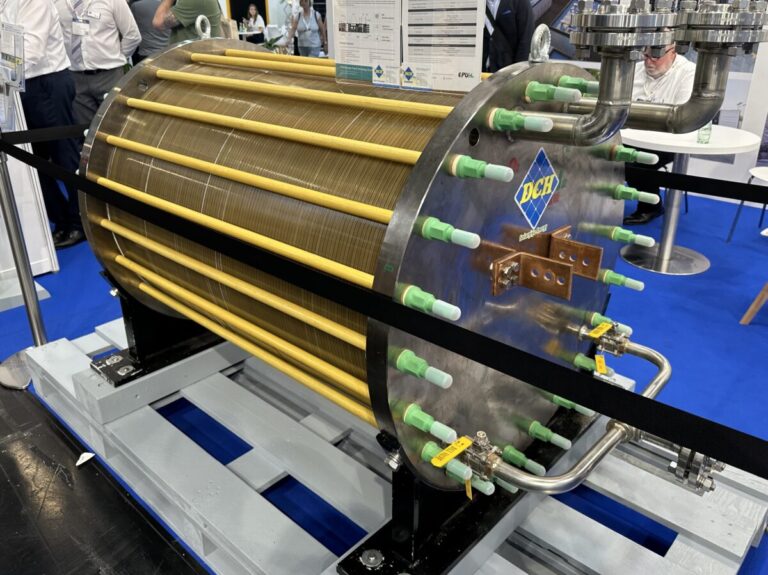The Oxford Institute for Energy Studies (OIEs) says that China’s efforts to lower electrolyzer costs could follow the success in solar energy, but will not guarantee a dominance in global supply chains.
The Oxford Institute for Energy Studies (Oies) said that although China’s push to lower the costs of the electrolyzer, the success in solar energy could follow, it will not necessarily secure the dominance in global supply chains. Expanding production capacity alone will not stimulate large cost reductions or global market leadership, said The Institute. Oies noted that the complexity of electrolysis systems prevents costs from falling to rely solely on scaling up production, because green hydrogen costs also depend on the electricity prices. It added that this complexity technology transfer limits in proton exchange membrane (PEM) electrolyzers. Although the production innovation and government support have helped China to save the costs for alkaline electrolyzers and compete in the PEM segment, Oies argued that rising trade protection further limits its role in global electrolysis markets.
Toyota has developed a new fuel cell system, the third-generation fuel cell system, designed to have the same sustainability as conventional diesel-driven motors. “In addition to passenger vehicles, The 3rd Gen FC system will be expanded for use in heavy commercial Vehicles, and is planned for introduction to markets, mainly in Japan, Europe, North -America and China after 2026 at the earliest, ”” said The Japanese manufacturer. It claimed that The new system improves 120% in fuel efficiency compared to the earlier generation and 20% more cruise oak.
The PTX Development Fund has approved its second subsidy, which grants Hydrojewel a non-restrantable subsidy of € 30 million ($ 31.5 million) for a project in the coastal areas of Morocco. The German Fund, which supports hydrogen projects in development and emerging economies, said that Hydrojewel has developed the Jorf hydrogen platform for the OCP group and is planning to produce 100,000 tons of green ammonia per year in the Jorf Industrial Park facility against the End of 2026. Hydrojewel works as an Innovx company. The fund, launched by the German Ministry of Economic Cooperation and Development, added that his second call for interest, opened in January, will close on March 5, 2025.
Belly has launched a public auction for 500 tonnes of green hydrogen per year because it is building an Electrolyzer factory in Osterweddingen, near Magdeburg, Germany. The developer said that the 10 MW facility will produce around 900 tonnes of green hydrogen per year when it starts with activities at the end of 2025. . The company said that these facilities will generate up to 17,000 tons of hydrogen annually from 2028.
This content is protected by copyright and may not be reused. If you want to work with us and reuse part of our content, please contact: editors@pv-magazine.com.


